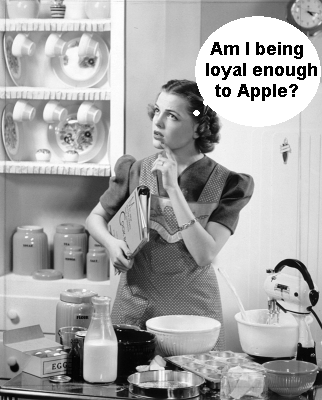On the weekend I found myself in my favorite local restaurant, Café Rio. I gleefully strolled up to the counter to pickup my phone-in order with a smile on my face, a gut ready to be satisfied (I could literally feel my stomach sucking up against my spine) and unfortunately an empty spot in my back pocket where my wallet should go (doh!).
Now, let me remind you that most restaurants have a strict policy about not allowing customers to leave the restaurant without first paying for their meal (sticklers, I know). But after flashing the cashier the universal sign for “me so stupid” (Randomly checking your various pockets like 10-15 times in a desperate and halting sort of manner) and mumbling something about not wanting to make the 15-minute trip both ways, the cashier said, “Let me see what I can do.”
“Do?” I thought to myself. “You mean my stupidity may not lead to utter destruction?” (Did I mention I was hungry?)
The cashier talked to the manager about my plight. To my surprise the manager took pity on a poor soul and said, “Just put your name and phone number down on this paper and just pay us the next time you come in.”
Without a computerized system to track visits and the fact that my wife almost always picks up the orders, I don’t think the manager even realized that I frequent Café Rio more than all my other restaurant visits put together (I need serious help people).
This just goes to show you that it pays to act small (even if you are), trust is a beautiful thing and leading by principles instead of rigid policies can get you a whole lot further (especially in this economy). So the next time you may find yourself in Salt Lake, give me a call and I’ll treat you to the best salad you ever had. Thanks Café Rio! (And I’ll drop by today or tomorrow to pay for the salads).
Happy Monday!
Filed under: Business | Leave a comment »






